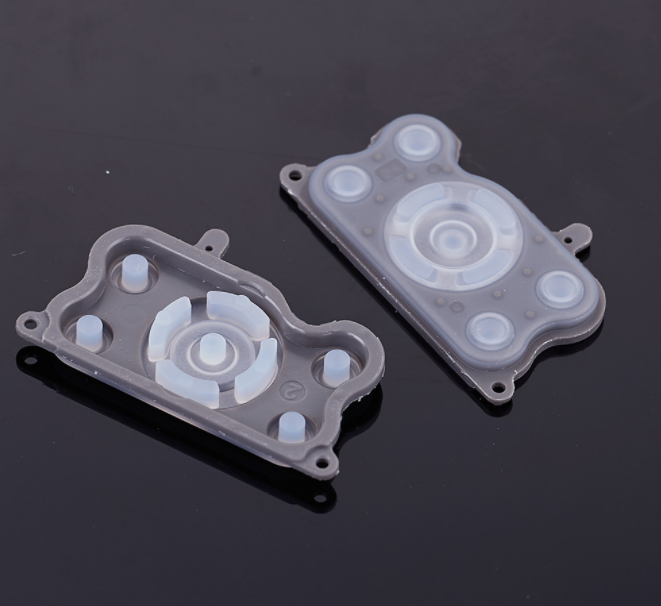If you’ve wondered how those beautiful, glossy silicone keys are made on your favorite electronic devices, the answer is silicone overmolding. In this process, a thin layer of Silicone is injected over a substrate to create a smooth, seamless finish.
Silicone overmolding has many benefits, including improved product function, enhanced aesthetics, and increased Durability. The process is relatively simple:
- The substrate is injection molded.
- The silicone material is overmolded onto it.
- The two materials are cured together.
This blog post will explore the benefits and applications of silicone overmolding in more detail.

1. Benefits of Silicone Overmolding
Silicone overmolding is a process where silicone rubber is applied over another substrate to create a new product or improve an existing one. The benefits of this process include improved function, enhanced aesthetics, and increased Durability.
2. Process of SiliconeSilicone Overmolding
The process of silicone overmolding begins with injection molding the desired shape from a silicone rubber compound. The mold is then cooled, and the part is removed. Next, the part is placed in an overmold tool and heated to the vulcanization temperature of the silicone rubber. Once heated, the second material is injected into the device to form the final product. Finally, the parts are cooled and removed from the tool.
3. Applications of Silicone Overmolding
Silicone overmolding can improve product function by creating seals, gaskets, or insulation; it can also enhance aesthetics through color matching or texture creation, and it can increase Durability by protecting against abrasion or UV light damage.
Silicone Overmolding Process
1. Injection Molding
Injection molding is the process of injecting molten material into a mold cavity. The material is then cooled and ejected from the mold. In silicone overmolding, a silicone elastomer is injected into a mold that contains the desired shape of the finished product.
2. Overmolding
Overmolding is applying the second layer of material over the first. In silicone overmolding, this second layer is also made of SiliconeSilicone.The two layers are bonded together during the curing process.
3. Curing
Curing is the process of hardening or setting a material through chemical reactions or heat treatment. In silicone overmolding, curing occurs when the two layers of SiliconeSilicone are exposed to high temperatures, usually between 150-200 degrees Celsius.
4. Silicone Overmolding Benefits
1. Improved Product Function
Overmolding can be used to improve the function of a product in several ways. For example, overmolding can be used to:
- Create a seal or gasket around a component
- Improve the grip of a handle or knob
- Provide insulation for electrical components
- Protect against vibration and noise
2. Enhanced Aesthetics
In addition to improving the function of a product, overmolding can also enhance its aesthetics. For example, overmolding can be used to:
- Add color or texture to a product
- Create a two-tone effect
- Create a smooth, seamless finish
3. Increased Durability
Overmolding can also increase the Durability of a product. This is because overmolded products are less likely to experience the following:
- Cracking or chipping
- Fading or discoloration
- Warping or deformation
In conclusion, silicone overmolding is a versatile manufacturing process that offers numerous benefits. These benefits include improved product function, enhanced aesthetics, and increased Durability.
Conclusion
The benefits of silicone overmolding are many and varied. The advantages of this process are clear from improved product function to increased Durability. As with any manufacturing process, there are a few things to remember when considering silicone overmolding for your next project. But overall, the benefits far outweigh the drawbacks, making silicone overmolding an excellent choice for many applications.